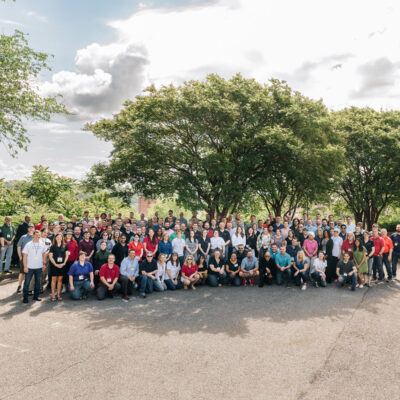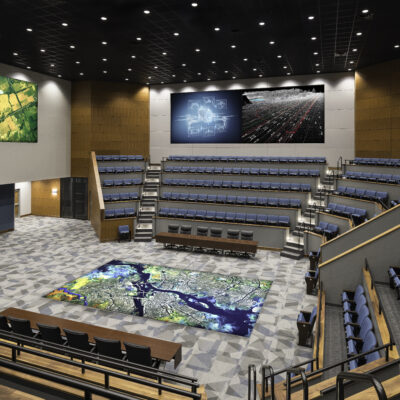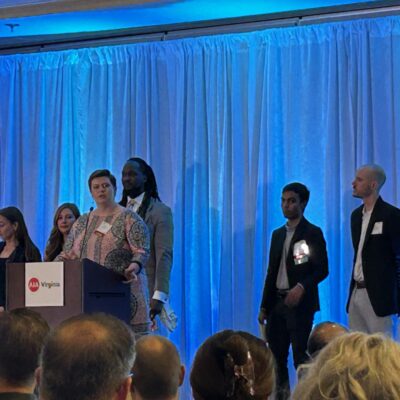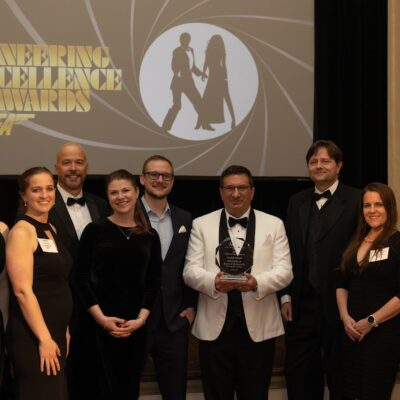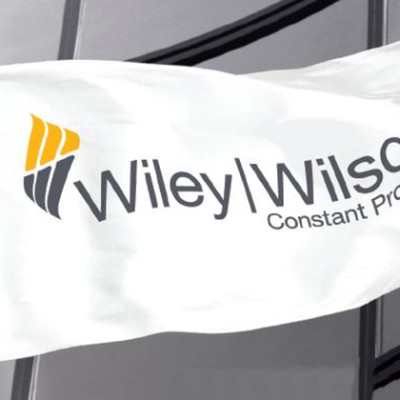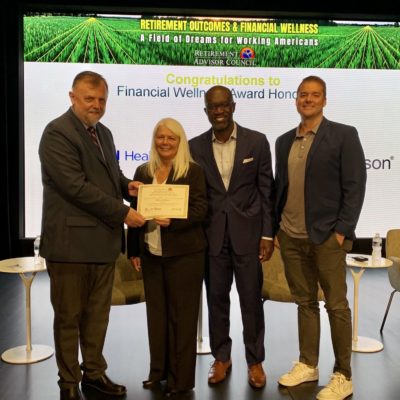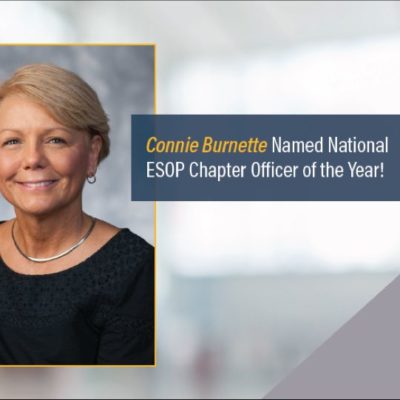Two Wiley|Wilson Designed Buildings Now LEED Silver Certified
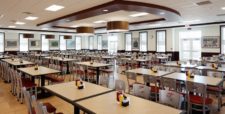
A new dining hall at Marine Corps Base Quantico and a new fitness center at Naval Support Activity (NSA) Dahlgren, for which Wiley|Wilson provided architectural and engineering design services, are now LEED Silver certified, a designation that confirms both facilities’ use of environmentally friendly design approaches and green building best practices.
“LEED Silver certification is an important recognition for both facilities and we are pleased that our designs helped our client earn this achievement,” said Neil McSweeney, PE, Senior Vice President. “The US Green Building Council and its LEED process is the industry’s foremost authority on sustainable design. This certification confirms that both buildings meet specific requirements and are resource-efficient.”
Wiley|Wilson worked with contractor CER to provide full A-E design services on the new, 16,630 SF dining facility in the C.A. Lloyd Special Area at Quantico. The design-build project included making various site improvements and demolishing and removing the existing dining facility and associated equipment. The dining hall now offers a dining/service area; food prep areas; and public, ADA-accessible restrooms.
“From its inception, the dining hall was intended to achieve LEED Silver certification, so throughout the design process various sustainability strategies were considered. Today the facility features several sustainable measures, including high- efficiency fixtures that reduce water use by 20 percent and energy-efficient mechanical, lighting, and heating systems,” Neil explained.
Likewise, Wiley|Wilson also partnered with contractor CER to construct the new 31,525 SF, single-story physical fitness center at NSA Dahglren, which includes a designated cardio and weights area, gymnasium, racquetball courts, and other amenities. The center was designed to be a durable, high-quality facility that complemented the existing adjacent buildings. Wiley|Wilson provided full A-E design services that included mechanical, electrical, HVAC, demolition, earthwork, site/utilities and other tasks.
“One of the points of emphasis for this facility was to create a site layout that preserved as many of the existing, mature trees as possible,” Neil said. “Inside, several sustainable design strategies have been incorporated, like energy- and water-efficient building systems and sustainable finishes throughout.”
LEED certification not only indicates a commitment to environmentally friendly design approaches, but it may also lead to cost savings. A 2011 study of the US General Services Administration’s LEED-certified buildings found that those facilities have 25 percent lower energy use compared to the national average and 19-percent lower operational costs.
“Both of these facilities are perfect examples of how energy-efficient designs can be executed to maximum effect, leading to facilities that are both environmentally friendly and highly functional,” Neil added.
About LEED
LEED, Leadership in Energy & Environmental Design, is the most widely used green building rating system in the world, with nearly 69,000 LEED certified commercial buildings in more than 150 countries and territories globally. LEED-certified buildings offer lower operating costs and better indoor environmental quality, making them attractive to a growing group of corporate, public and individual buyers. High-performing building features increasingly enter into tenants’ decisions about leasing space and into buyers’ decisions about purchasing properties and homes.
